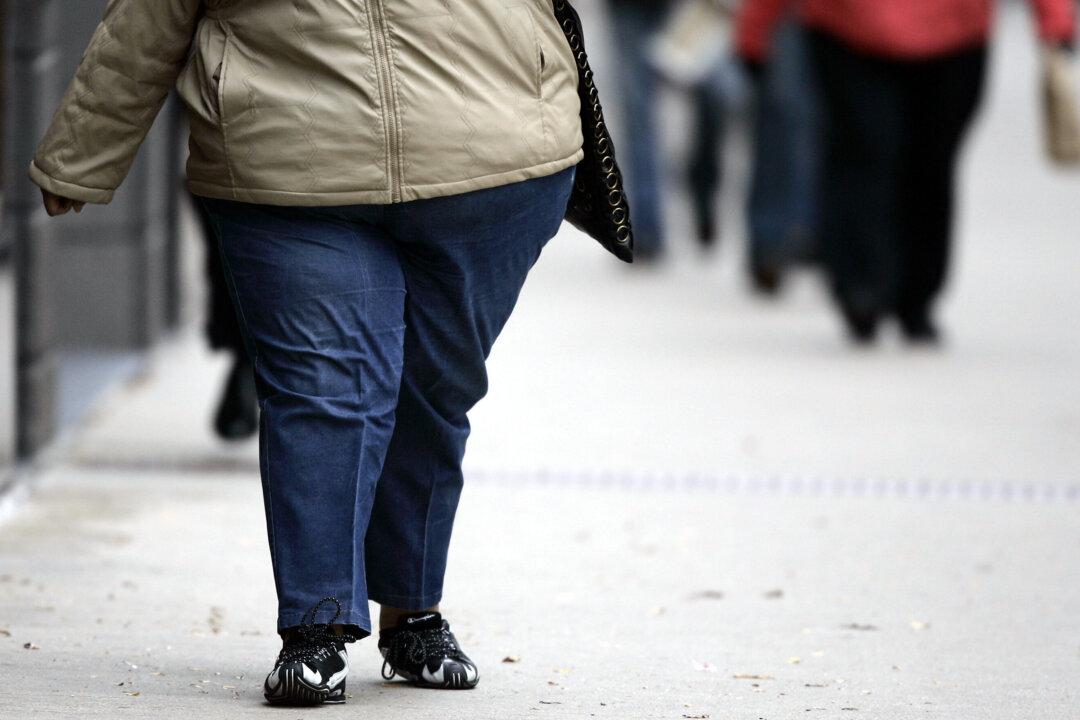Human fat cells can be directly infected with the CCP (Chinese Communist Party) virus, providing an additional site for the virus to replicate, according to a group of Stanford researchers who set out to determine the COVID-19 risk posed directly by obesity.
According to the researchers mainly based at Stanford’s School of Medicine, studies have shown that fat cells can act as a reservoir for RNA viruses like influenza A and HIV. Their new research, which was released in an October preprint and is awaiting peer-review, suggests that the same is occurring with the CCP virus, which causes the disease COVID-19.





